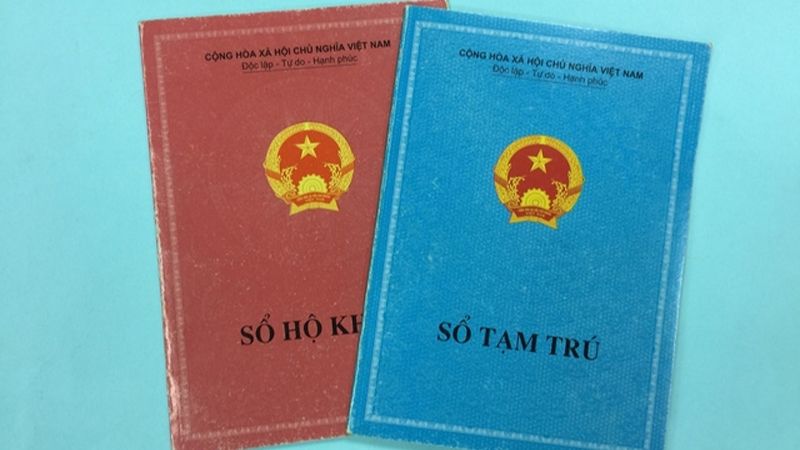Household registration separation is becoming increasingly common. Let’s find out how to do the household registration separation procedure!
1 Subjects Eligible for Household Registration Separation
According to Clause 1, Article 27 of the 2006 Residence Law, cases with the same legal residence that are eligible for separate household registration books include:
- Individuals with full civil act capacity and in need of a separate household registration book
- Those who have been entered into the household registration book as specified in Clause 3, Article 25 and Clause 2, Article 26 of this Law, and have the consent of the head of the household in writing to be separated from the household registration book. Specifically:
- Those who live together at the same legal residence and have family relations such as grandparents, parents, spouses, children, siblings, uncles, aunts, and nephews/nieces may be granted a common household registration book.
- Fulfill the conditions for permanent residence registration in the province or central-affiliated city as stipulated in Articles 19 and 20 of the Residence Law 2006.
- Have the consent of the head of the household to be included in the household registration book issued for an individual/family.
According to the Residence Law applied from July 1, 2021, the following cases are eligible for separate household registration books:
- Have full civil act capacity; in cases where multiple members register to separate from the household to form a new family, at least one of them must have full civil act capacity;
- Have the consent of the head of the household and the owner of the legal residence, except in cases where the household member registering to separate is a divorced spouse who still has the right to use the legal residence;
- The permanent residence of the family is not subject to the provisions of Article 23 of this Law.
 Eligible Subjects for Household Registration Separation
Eligible Subjects for Household Registration Separation
2 Household Registration Separation Documents and Procedures
Documents for Household Registration Separation
To complete the household registration separation procedure, you will need to prepare the following documents and papers:
- Household Registration Book
- Notification of Change of Household Registration and Population according to form HK02
- Written consent of the head of the household (if applicable as specified in Clause 1, Article 27 of the 2006 Residence Law).
 Documents for Household Registration Separation
Documents for Household Registration Separation
Procedures for Household Registration Separation
Step 1: Submit Documents
Once you have prepared all the necessary documents and papers, you can proceed to submit them to the competent authority.
- For centrally-run cities, submit the documents to the District, Urban, or Town Police.
- For provinces, submit the documents to the Commune, Ward, or Township Police under the District, or to the Police of the Town or City belonging to the Province.
Step 2: Verification and Result Delivery
According to Article 27 of the 2006 Residence Law:
Within seven working days from the date of receiving the complete set of documents, the competent authority must deliver the result of the household registration book separation.
In case the request for household registration book separation is not approved, a written response must be provided, stating the reason.
Step 3: Pay the Fee
The fee for the household registration book separation procedure will be determined according to the regulations of the Provincial or Centrally-run City People’s Council where you are carrying out the procedure.
With the information we have shared, we hope that you now understand the household registration separation procedure and can successfully complete it!

































